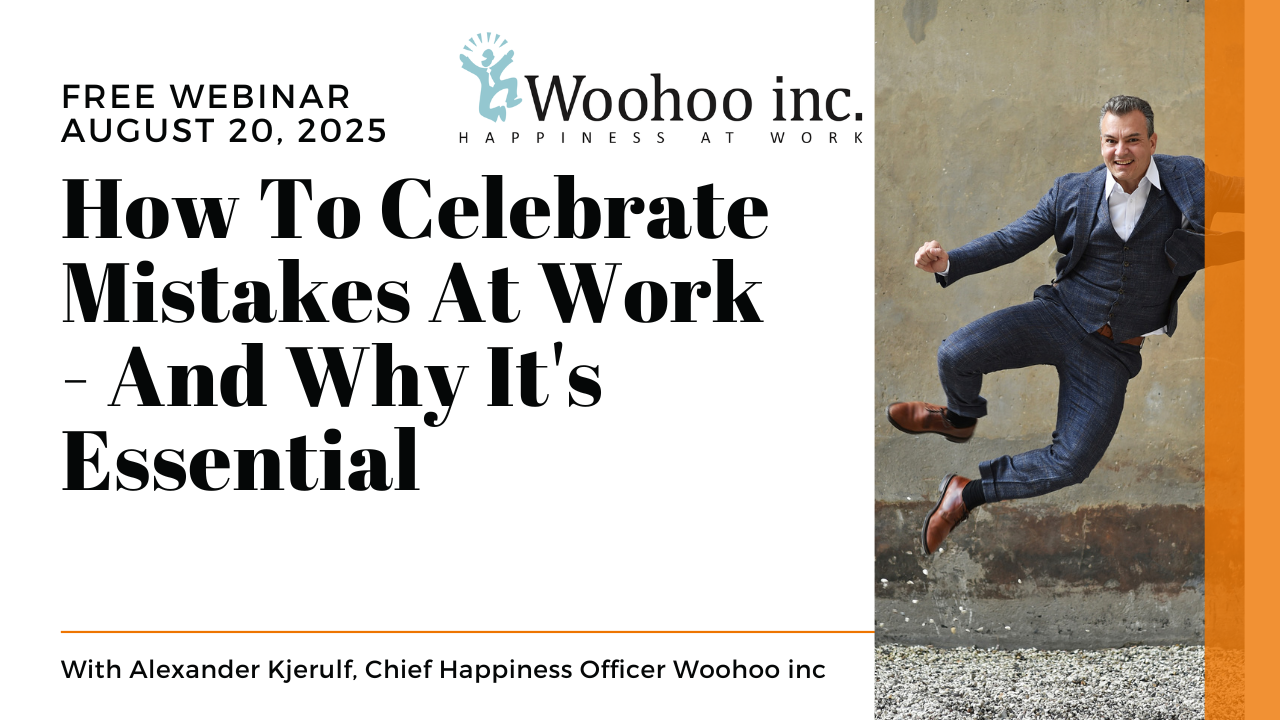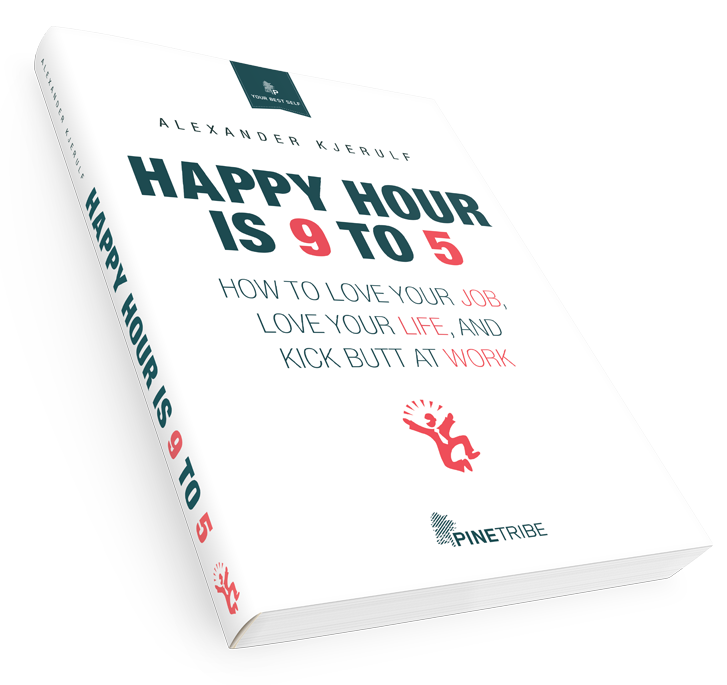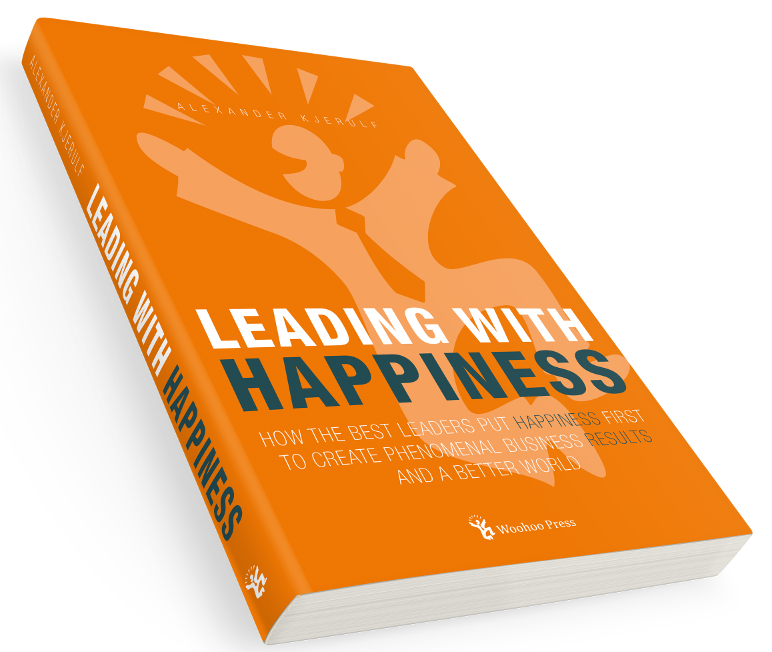“It’s not enough to be busy, so are the ants.
The question is what are we busy about?”
– Henry David Thoreau
-
Quote
-

Free webinar: How to stay happy when things get busy
Get the slides right here.
Are people in your workplace busy? Dumb question, right – everyone is these days.
Here are the results of one US study from 2005:
- 26% of employees were overworked often or very often in the last month
- 27% were overwhelmed by how much work they had to do often or very often in the last month
- 29% often or very often didn’t have time to step back and process or reflect on the work they were doing during the last month
And this was 10 years ago – indications are that it’s only gotten worse since.
This constant busyness is not only making us unhappy and stressed at work, it’s also hurting performance and keeping us form doing our best possible work.
Join our next free webinar to learn what we can do about it. Topics include:
- The negative effects of constant busyness on our happiness at work.
- Why overwork is not the answer and in fact usually makes things worse.
- Why we need time for reflection and learning at work.
- How some people end up convincing themselves they’re busy when really they’re not.
- How to create a workplace where people are happy even when they’re busy.
Date and time: Wednesday March 4th at noon US East coast time / 9am pacific time / 5pm GMT / 6pm Central European time.
-
A happy cop
Music makes some people happy at work – and this cop is definitely one of them :)
I especially like how he has to look serious whenever he passes someone – and then busts lose right after!
-
The Woohoo Partner Program is open for business
Over the years I’ve been getting countless emails from people all over the world saying essentially the same thing:
“I love what you’re doing – is there any way I can be part of it?”
So far the answer has always been “Sorry, no” but starting today the answer is “HELL YEAH!” because the Woohoo Partner Program is now open for business!
The basic idea is simple: You can get access to all of the materials that we have created and refined over the years with clients like LEGO, Microsoft, IKEA and Shell and use them to go create happy workplaces.
You can use all of these materials as an external consultant with your clients or you can use them internally with employees, managers and teams inside your organization to make it a happier workplace.
We’re already working with our first partners in Istanbul to help them make Turkish workplaces happier.
Here’s a short video introducing the program:
I can’t even begin to tell you how excited I am about this. Our dream is to have hundreds of partners all over the world united in a vibrant, generous, passionate community working towards the vision of a world where happiness at work is the rule and not the exception.
Read all about the Woohoo Partner Program here and let me know if you have any questions.
UPDATE: We announced the program 2 days ago and we already have applications from potential partners in Denmark, Norway, USA, Australia, Argentina, Turkey and South Africa. Keep’em coming – we want more partners from these countries and all over the world!
-
The Woohoo Partner Program is ALMOST here
We are days away from launching our partnership program – we call it Woohoo Partners.
I need feedback :) Does the idea make sense to you? Is it described fairly clearly? Any thoughts/suggestions/comments?Please write a comment!
-
I need your best idea
If I write a short e-book about quitting your job, what should I call it?
Here are the best ideas from when I asked the same question on Facebook:
(more…)
-
Me on a Bulgarian talk show
Did I tell you about the time British happiness researcher Nic Marks and I were the featured guests on a Bulgarian talk show? They had a live band playing while we talked and we also got to play improve theater.
In short, it was awesome :)
Here it is:
-
Results of our intervention study: Short-term, mandatory interventions do not work
We have just completed our intervention study where we examined the effect of different happiness interventions in the workplace.
Our data show that short-term, superficial, mandatory interventions simply do not work. You can’t just come into a workplace and tell people to do X, to become happier at work.
You can read our report here: Happiness at work interventions – full report.
-
Who you gonna call?
A symphony orchestra cuts loose and plays Ghostbusters:
I think there’s a case to be made for not taking our work too seriously :)
-
Conference about happiness at work
We have JUST launched this year’s conference about happiness at work. This year we have 10 great speakers from 5 different countries who will share what they know abd do about happiness at work.







